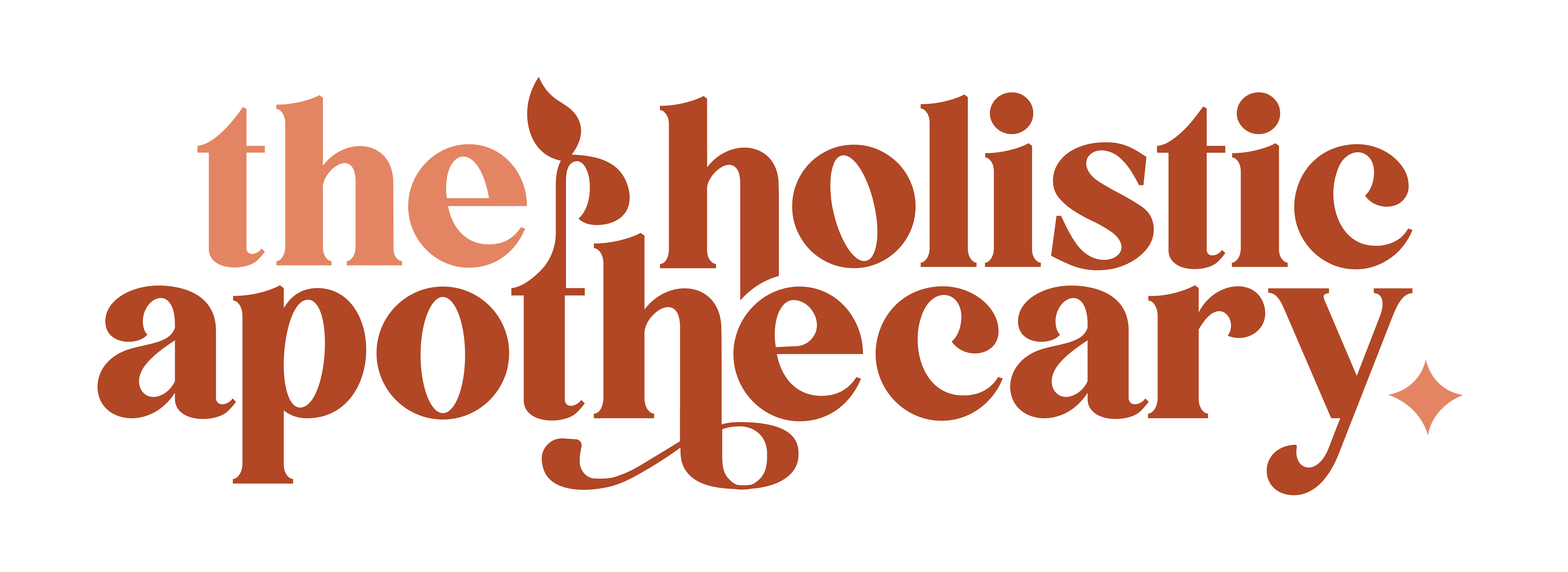Skeletal System
The adult human skeletal system consists of 206 bones, as well as a network of tendons, ligaments and cartilage that connects them. The skeletal system performs vital functions – support, movement, protection, blood cell production, calcium storage and endocrine regulation – that enable us to survive.
Infants are born with about 300 bones, some of which fuse together as the body develops. 98 percent of all animals are invertebrates, meaning they do not have internal skeletons or backbones. Bones are fed by a network of blood vessels from the circulatory system and nerves from the nervous system.
A typical bone has a dense and tough outer layer. Next is a layer of spongy bone, which is lighter and slightly flexible. In the middle of some bones is jelly-like bone marrow, where new cells are being produced for blood. Teeth aren’t counted as bones but are still a part of the skeletal system and also play a key role in the digestive system.
The skeletal system has two distinct parts: the axial skeleton and the appendicular skeleton
Axial: 80 bones – vertebral column, the rib cage and the skull
- Transmits the weight from the head, the trunk and the upper extremities down to the lower extremities at the hip joints (to help maintain posture)
Appendicular: 126 bones – pectoral girdles, the upper limbs, the pelvic girdle and the lower limbs
- Walking, running, and other movement is possible
- Protects major organs responsible for digestion, excretion and reproduction
Diseases of the Skeletal System
Metabolic bone diseases:
- Osteoporosis: loss of bone tissue – bone loses calcium, becomes thinner and may disappear completely.
- Oosteomalacia: softening of the bones – caused by vitamin D deficiency and results from a defect in the bone-building process
Arthritis:
- A group of more than 100 inflammatory diseases that damage joints and their surrounding structures.
- Can attack joints, joint capsules, the surround tissue or parts throughout the body.
- Affects the joints of the neck, shoulders, hands, lower back, hips or knees.
Scoliosis:
- A side to side curve in the back or spine
- “C” or “S” shape
Lower back pain
Bone cancer
Symptoms and their Emotions
- Arthritic fingers: A desire to punish. Blame. Feeling victimized.
- Arthritis: Feeling unloved. Criticism, resentment.
- Rheumatoid Arthritis: Feeling victimized. Lack of love. Chronic bitterness. Resentment. Deep criticism of authority. Feeling very put upon.
- Back Issues: Represents the support of life.
- Rounded shoulders: Carrying the burdens of life. Helpless and hopeless.
- Lower back pain: Fear of money or lack of financial support.
- Mid-back pain: Guilt. Stuck in all that stuff back there. “Get off my back!”
- Upper back pain: Lack of emotional support. Feeling unloved. Holding back love.
- Back curvature: The inability to flow with the support of life. Fear and trying to hold onto old ideas. Not trusting life. Lack of integrity. No courage of convictions.
- Bones: Represent the structure of the Universe.
- Bone marrow: Represents deepest beliefs about the self. How you support and care for yourself.
- Breaks: Rebelling against authority.
- Osteoporosis: Feeling there is no support left in life. Mental pressures and tightness. Muscles can’t stretch. Loss of mental mobility.
- Teeth: Represent decisions. Teeth problems: Longstanding indecisiveness. Inability to break down ideas for analysis and decisions. Root canal: Can’t bite into anything anymore. Root beliefs being destroyed. Impacted wisdom teeth: Not giving yourself mental space to create a firm foundation.
Holistic ways to Heal:

